The Beauty of Pakistan. And Wheat Season in Pakistan
Hi
I hope all of you will be fine and enjoy good health with the grace of God .
Pakistan
Nature generally refers to the physical world and all of the living organisms and natural phenomena that exist within it. It includes everything from the smallest particles in the universe to the largest galaxies, as well as all of the living beings that inhabit the Earth, such as animals, plants, and humans.
Nature is often characterized by its beauty, complexity, and diversity, and it has been a subject of fascination for humans throughout history. It encompasses a wide range of phenomena, from the weather and the environment to the behavior of animals and the inner workings of the human body.
In addition to its aesthetic and scientific value, nature also provides a variety of resources that are essential to human life, such as food, water, and materials for shelter and clothing. However, human activities can also have a negative impact on nature, and there is a growing awareness of the
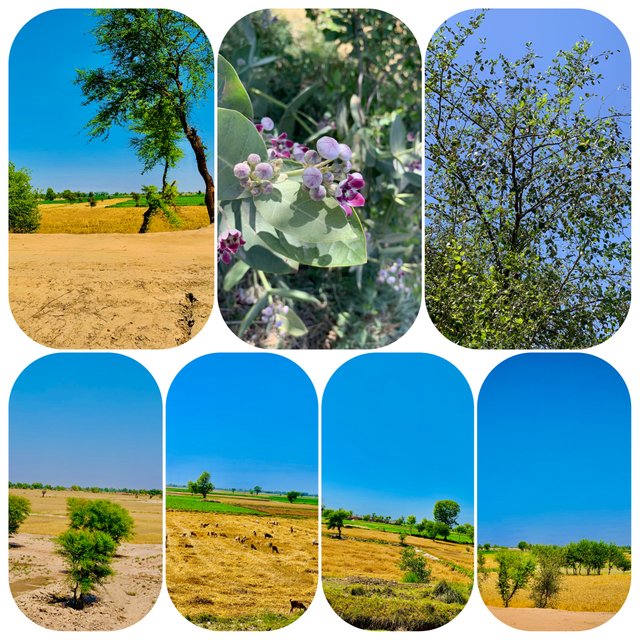
Pakistan is agricultural country
Pakistan is an agricultural country, and its economy heavily relies on the agriculture sector. The country has a diverse range of crops, including both cash crops and food crops. Some of the major crops grown in Pakistan are:
Wheat: Wheat is the staple food of the people of Pakistan, and it is the most widely cultivated crop in the country.
Rice: Rice is another essential food crop in Pakistan, and it is cultivated in large quantities in the irrigated areas of Punjab and Sindh.
Cotton: Cotton is one of the major cash crops of Pakistan, and it is cultivated in all provinces of the country. Pakistan is among the top cotton-producing countries in the world.
Sugarcane: Sugarcane is another significant cash crop of Pakistan, and it is grown in the Punjab and Sindh provinces.
Maize: Maize is grown in both Khyber Pakhtunkhwa and Punjab provinces of Pakistan. It is used both as a food and feed crop.
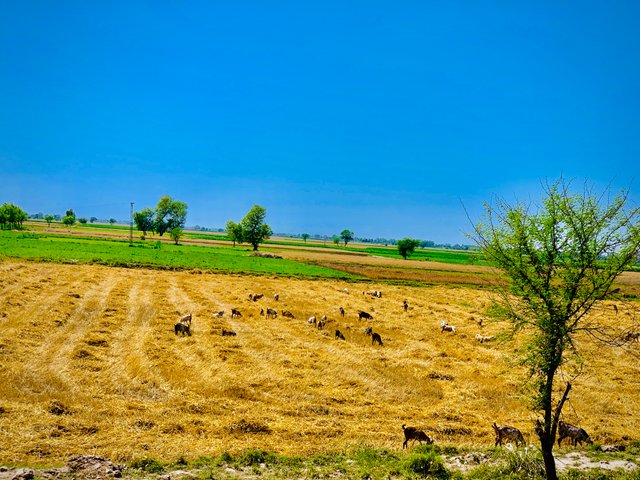
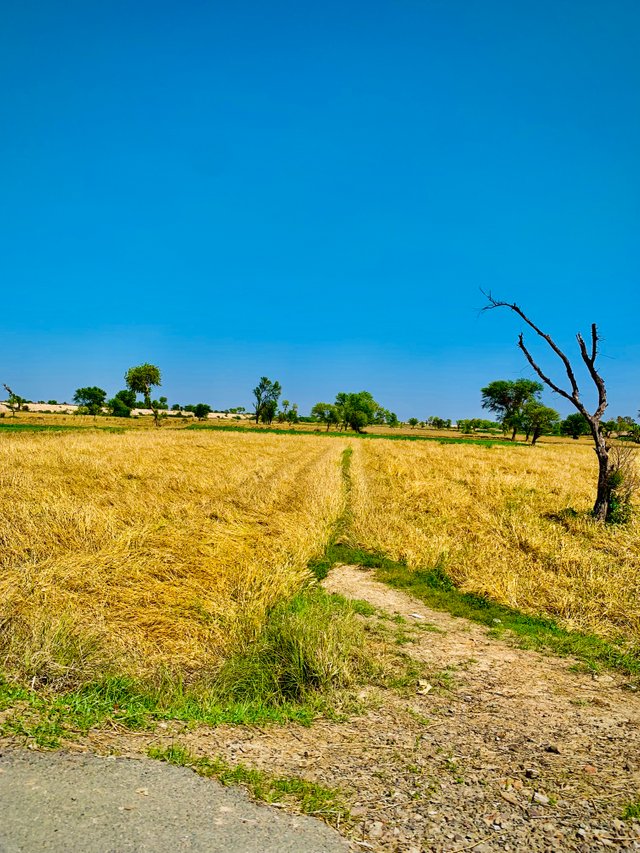
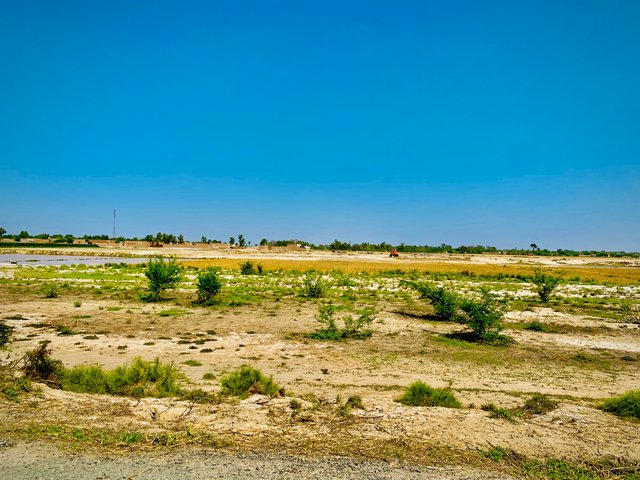
Pakistan is thè largest wheat producer
Pakistan is one of the largest wheat producers in the world, and wheat is one of the most important staple crops grown in the country. According to the Pakistan Bureau of Statistics, the country produced 25.5 million metric tons of wheat during the 2020-2021 crop year.
Wheat is grown in all four provinces of Pakistan, with Punjab being the largest producer followed by Sindh, Khyber Pakhtunkhwa, and Balochistan. The major wheat-producing districts in Punjab include Sheikhupura, Lahore, Faisalabad, Gujranwala, and Kasur, while the top wheat-producing districts in Sindh are Hyderabad, Mirpurkhas, Sanghar, and Badin.
Wheat is an important crop for the Pakistani economy,
as it is used to make flour, which is a key ingredient in many traditional Pakistani foods such as roti, naan, and paratha. The government of Pakistan provides various subsidies and support measures to wheat farmers in order to ensure a stable supply of wheat and keep prices affordable for consumers.
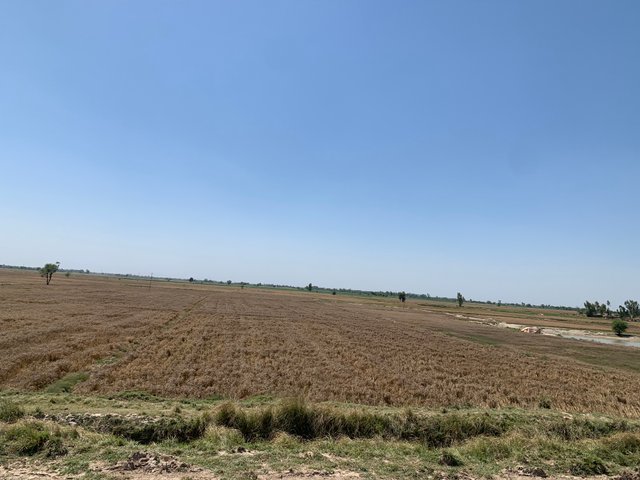
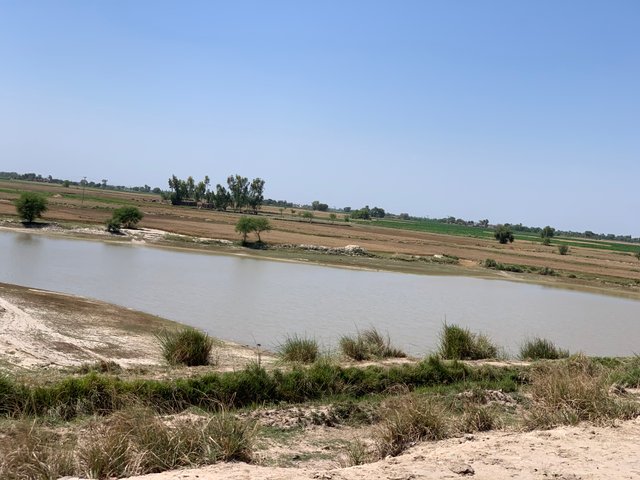
Other plants in Pakistan like a Calotropis
Calotropis is a genus of plants that belongs to the family Apocynaceae. The two most commonly known species of Calotropis are Calotropis gigantea and Calotropis procera.
Calotropis gigantea, also known as Crown Flower, Giant Milkweed or Swallow-wort, is native to South and Southeast Asia, including Pakistan. It is a shrub or small tree that can grow up to 4 meters tall, with large clusters of violet or white flowers.
Calotropis procera, also known as Apple of Sodom or Ushar, is also native to South Asia and is found in Pakistan as well. It is a small tree or shrub that can grow up to 6 meters tall, with white or pinkish flowers.
Both species of Calotropis have various medicinal properties and have been used in traditional medicine for centuries. However, they are also toxic to humans and livestock if ingested in large quantities, and their sap can cause skin irritation. Therefore, caution should be exercised when handling these plants.
About Hot News Community
Thanks to all members.
Thanks for sharing here. Please Power Up at least half of your payout to join the club, and get the opportunity to get additional support from the steemit team